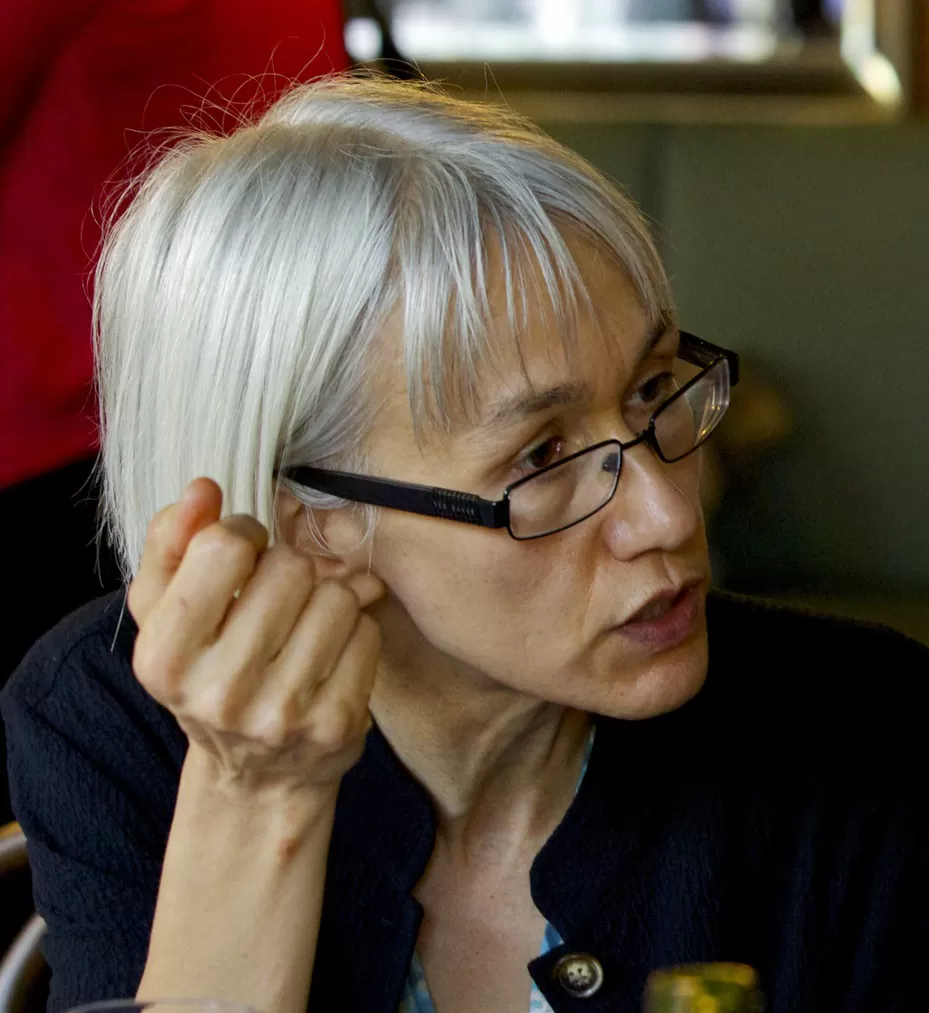Trained in planning and architecture, Ann Forsyth is a professor of urban planning at the Harvard Graduate School of Design. From 2007-2012 she was a professor of city and regional planning at Cornell. She taught previously at at the University of Minnesota, directing the Metropolitan Design Center (2002-2007), Harvard (1999-2002), and the University of Massachusetts (1993-1999) where she was co-director of a small community design center, the Urban Places Project. She has held short-term positions at Columbia, Macquarie, and Sydney Universities. Ann Forsyth’s work focuses on the social aspects of physical planning and urban development. The big question behind her research and practice is how to make cities more sustainable and healthy. Forsyth’s contributions have been to analyze the success of planned alternatives to sprawl, particularly exploring the tensions between social and ecological values in urban design. Several issues prove to be the most difficult to deal with in planning better places and provide a focus for some of her more detailed investigations: suburban design more generally (sense of place, overall layout) and other aspects of healthy places (walkability, social diversity, housing, green space, food). Forsyth received her B.Sc. in Architecture from the University of Sydney, an M.A. in Urban Planning from UCLA, and a Ph.D. in City and Regional Planning from Cornell.

Does it Make a Difference if a Planning Program is in a Policy, Design, or Other Kind of School?
Students investigating options often ask if it makes a difference where the planning school is located. The short answer is it matters less to students than many think.

How Much do GREs Matter for Graduate School in Planning?
If you are applying to graduate school in planning, how much do GREs matter? Like many things in planning the answer varies with the person and program. Below I provide some general advice.
The Long and Short of Writing
<span style="font-family: Times New Roman; font-size: small"> </span> <p style="margin: 0in 0in 0pt" class="MsoNormal"> <span style="font-family: Times New Roman; font-size: small">Study after</span><a href="/node/34807" target="_blank"><span style="color: #0000ff; font-family: Times New Roman; font-size: small"> study</span></a><span style="font-size: small"><span style="font-family: Times New Roman"> <span style="font-size: small">highlights writing as a major skill that planning employers are looking for in new hires. Two specific kinds of writing seem most challenging to beginning planners.<br />
A Timeline for Job Hunting in Planning
<p> <span style="font-family: Times New Roman; font-size: small"> </span><span style="font-family: Times New Roman"><span style="font-size: small">Many students are understandably worried about getting a job once they graduate. The slow economy has made this more difficult and also changed some of the parameters in terms of approach and timing. For example, many employers are hesitant to make early commitments, delaying some phases of the job search. In this blog I outline a strategy for using the academic year to find a job or a summer internship using the North American academic calendar as a base. </span></span> </p>

Breadth and Depth in Planning Education
A frequent query I receive from students is whether they should focus on gaining a broad understanding of many aspects of planning and places or if they should focus on one topic in depth. This is an important question.

























